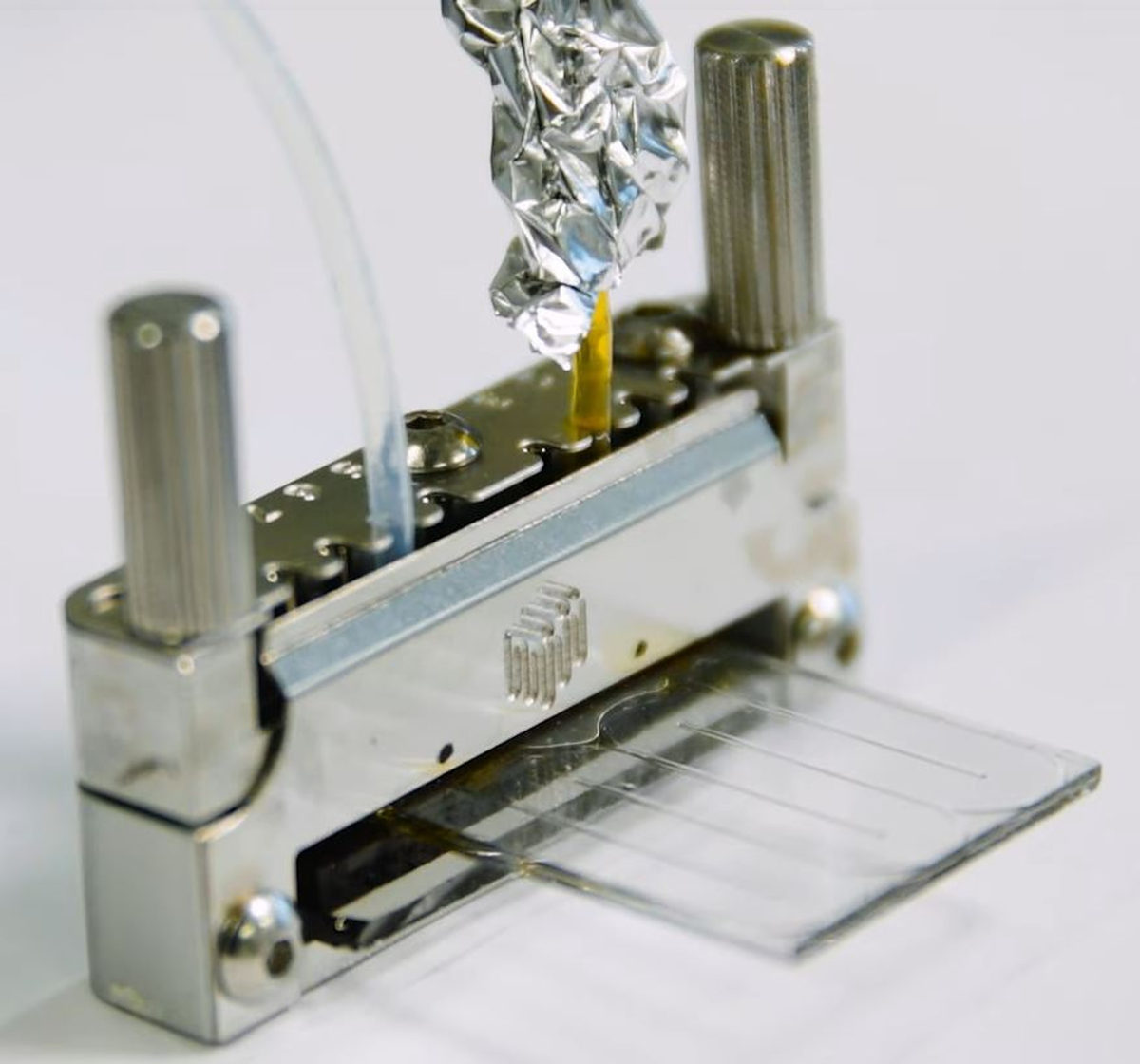A German research group led by Goethe University Frankfurt is conducting research into MOST energy storage.
Still in its infancy, MOST energy storage is described as a method for storing solar energy similar to a heat battery but comprising a large number of synthetically-created molecules.
The Formost research project, set to run from 2023 until 2027, is investigating the molecular mechanisms of energy storage and release in MOST molecules.
The MOST molecules undergo structural changes on contact with sunlight, a process known as photo-induced reaction. The structural change sees the molecules absorb energy under the influence of light, which can be released again later as the molecules possess an on-off switching, which leads to them being referred to as photoswitches.
The researchers are investigating three types of photoswitches in the Formost project: norbornadienes, azaborines, and azobenzenes.
“When exposed to light, all three switch from their ground state to a higher-energy storage state, thus changing their molecular structure and in some cases also their color,” said Goethe University in a news release.
Research has already shown that MOST molecules, which consist largely of carbon, oxygen, nitrogen and hydrogen, have several advantages.
“All the steps – conversion, storage and release of energy – are united in a single molecule,” explained Josef Wachtveitl, head of the Wachtveitl group, which is involved in the project.
Goethe University researchers found that MOST energy storage outperforms conventional solar heat storage in direct comparisons. The molecules, which must be activated to release heat, enable energy to be delivered on demand. The system, entirely CO2-neutral through storage, conversion, and release, allows heat to be stored for weeks or months as needed.
“MOST gives us much more flexibility for storing solar heat,” Wachtveitl said. He added that as all processes occur inside a single molecule, MOST heat storage systems can be set up anywhere, negating the need for a large production plant.
Work on the Formost project will continue, with researchers looking at modifying molecules to achieve the best properties for MOST storage. This will include looking to modify the photoswitches so they can absorb visible light, as they currently tend to absorb only in the UV range where it borders visible light, and assessing the charge processes in photoswitches.
The Formost project is a collaboration between Goethe University and universities in Tübingen, Giessen, Heidelberg, and Erlangen, Germany.
This content is protected by copyright and may not be reused. If you want to cooperate with us and would like to reuse some of our content, please contact: editors@pv-magazine.com.




By submitting this form you agree to pv magazine using your data for the purposes of publishing your comment.
Your personal data will only be disclosed or otherwise transmitted to third parties for the purposes of spam filtering or if this is necessary for technical maintenance of the website. Any other transfer to third parties will not take place unless this is justified on the basis of applicable data protection regulations or if pv magazine is legally obliged to do so.
You may revoke this consent at any time with effect for the future, in which case your personal data will be deleted immediately. Otherwise, your data will be deleted if pv magazine has processed your request or the purpose of data storage is fulfilled.
Further information on data privacy can be found in our Data Protection Policy.